












 by nate kelly
by nate kelly




Three boys huddle around two computers. Click clack, click clack. Teir fngers click away as they play Minecraf. Lincoln, the biggest brother, mans one computer. Weston plays on his computer positioned to the right, while his identical twin brother, Bennett, happily watches from a chair behind them. Many Gen Z children throughout America are surrounded by technology daily: playing video games, watching YouTube, texting, etc, and these three boys are no exception. However, Bennett and Weston have been surrounded by modern technology since they were born. Looking at the twins playing Minecraf with their older brother Lincoln, it is almost impossible to imagine that they were once severely premature babies. Tanks to advancements in neonatal and postnatal care, they are able to live healthy lives, and of course, play Minecraf together.
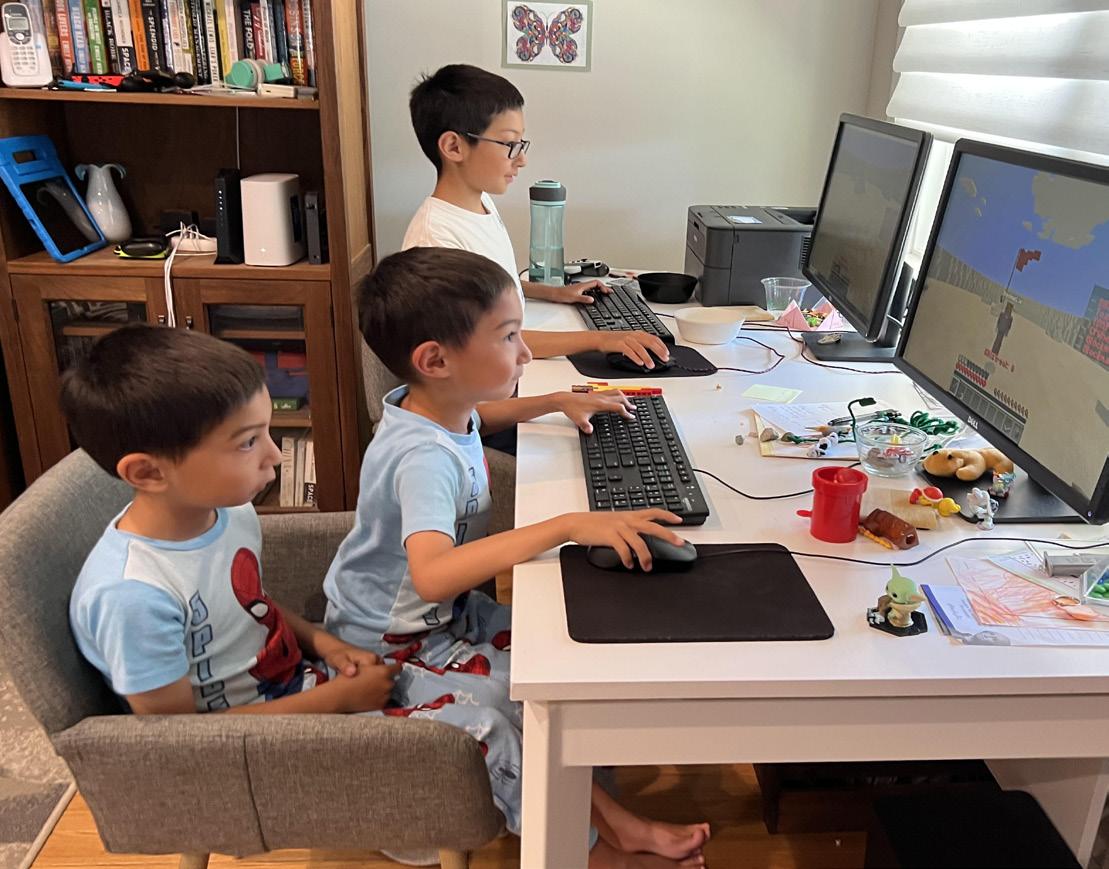
The doctors gave Weston and Bennett a low chance of survival given they were born 14 weeks early. But through the work of many specialists utilizing advanced equipment in the NICU, they have been able to live happily and healthily. Bennett has spent a lot of time doing therapy, as he sufers from mild to moderate cerebral palsy that limits his physical capabilities. New forms of therapy like hippotherapy, a form of therapy where the patient rides a horse, have helped Bennett move towards being able to move better on his own. With the help of these therapies, the twins have been able to avoid many additional medical complica-
tions that would have greatly impacted their lives. Te struggles of premature births and the detrimental effects that can take place, and are ofen present at birth, are a rising issue in the world. Premature births have seen a surge in the recent decade, however new treatments and therapies have limited the harmful efects of these births.


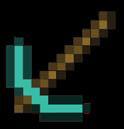

Leavingno later than 8:15 a.m. the boys and their mom, Anna Kinney, pile into their Honda minivan to head to Oak Elementary School. Following the fve minute ride, the boys hop out of the car to walk to the blacktop for assembly. Anna holds Bennett’s hand as they walk to the blacktop to fnd their teachers and classmates. Tey line up behind their teacher as they listen to the day’s announcements. Once the announcements are done, the whole school participates in the pledge of allegiance before walking to their classrooms. Afer the pledge, the boys go their separate ways. Lincoln, the oldest of the three, walks with his classmates and teacher to their 5th grade classroom. Weston walks to his 1st grade class. And Bennett walks with his aid to his 1st grade class, where he continues to receive additional help from his aid during class hours. All three boys describe going to school together as “fun,” and depending on the day, Anna is ofen there too. According to Bennett,
“she volunteers a lot.”
Anna volunteers around twice a week, alternating classrooms to give equal time to both Bennett and Weston. Her volunteering includes a multitude of areas: math centers, feld trips, lunch time duty, and of course, looking afer the twins. Te afer school schedule for the boys usually depends on Bennett’s therapy. On Mondays and Fridays, Bennett and Weston get out twenty minutes earlier than Lincoln and have to wait for him to get out for Anna and the boys to all go
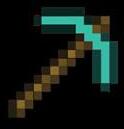
home together. On other days, Anna and Bennett go to therapy while their dad, Vic Chiang, gets Weston and Lincoln from school.


Whenthe boys were younger, Weston and Bennett both had multiple therapies, but Weston’s mental and physical development has now caught up to normal. Bennett continues to go to a variety of different therapies through the course of the week to help with diferent areas that are afected by cerebral palsy. He goes to physical therapy one time a week, where they work on his hips and legs to improve his walking abilities. At physical therapy, they use an electrostimulation therapy that helps train his brain to activate certain muscles when performing specifc tasks. Anna explains, “it helps the neuropath excite so that his brain knows when he needs to be turning on certain muscles when he is doing something like going up stairs.” Bennett also does occupational therapy once a week. Occupational therapy helps people who have physical, sensory, or cognitive problems through developing fne motor skills, improving eye-hand coordination, and teaching basic life skills and behaviors. Te last type of therapy that Bennett does weekly is hippotherapy. Te name for this therapy is misleading as he is not actually working with hippos, but with horses. Tis type of therapy combines aspects of both physical and occupational therapy, helping Bennett’s neurological and physical abilities by channeling the movement of the horse. Riding on a horse forces Bennett’s body to make adjustments to the horse’s gait (manner of walking), tempo, rhythm, repetition, and cadence of the horse. Hippotherapy helps Bennett’s physical development by activating diferent muscles to adjust and keep his body balanced while riding the horse. It also helps Bennett cognitively, as riding the horse develops a connection between Bennett’s brain and the use of
diferent muscles, forcing his brain to fgure out how to maintain balance on the horse. Overall, this therapy promotes neuromuscular development in a way that is a positive and fun environment for patients like Bennett.
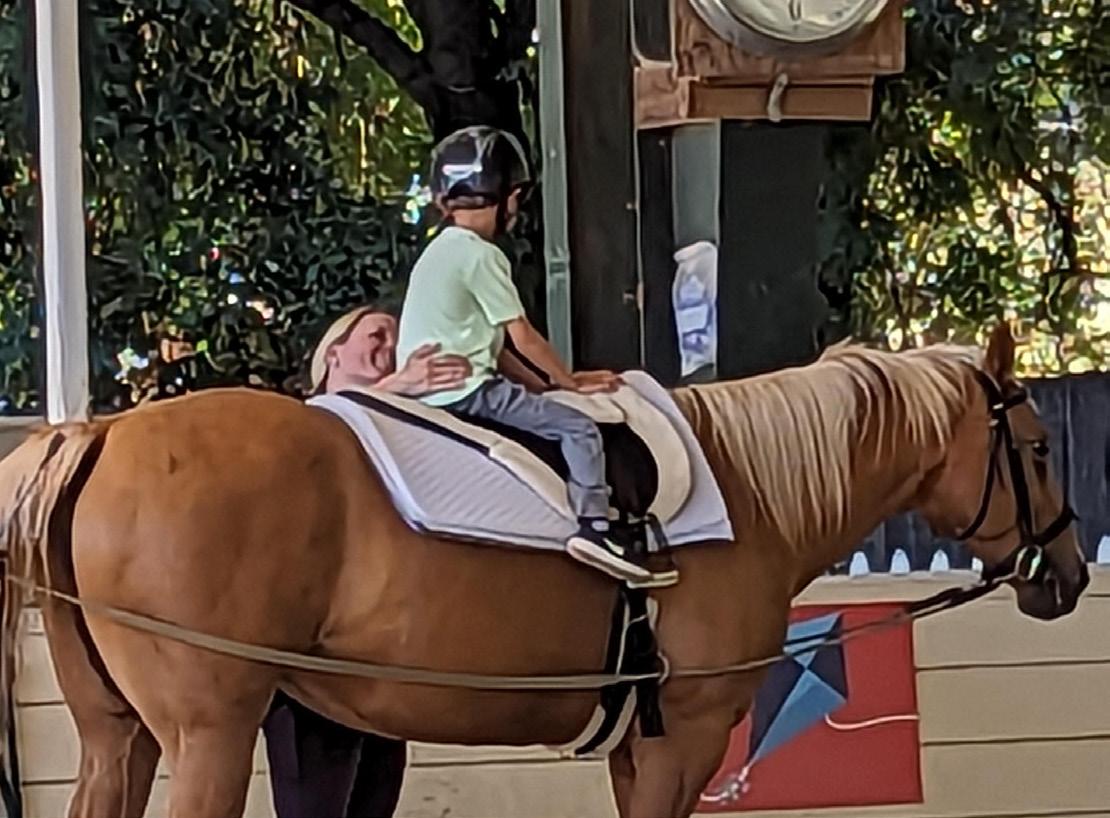
Whenthe twins were younger, both required diferent technologies and medicines to help supplement their growth. Some of the major treatments and technologies that they used were feeding tubes, milk fortifers, and various early therapies and corrective surgeries. Te feeding tubes were crucial for the twins, as they could not ingest food through their mouths. Tey had gastrostomy tubes (G-tubes) that are placed in the abdomen, directly into the stomach. In order for the twins to get their nutrients and milk, they pumped the milk through the valve, directly into the stomach. Te G-tubes served as the main method for the twins to receive sufcient nutrition for many years. Weston had his removal in the fall of 2020, while Bennett’s was removed this spring. During their early years, the twins ingested milk that was mixed with a fortifer which is flled with extra nutrients and calories to help premature babies catch up on development that they would have had during the third trimester of pregnancy. In the NICU, the twins were on a human-based milk fortifer which signifcantly reduced the chance of the twins getting necrotizing enterocolitis (NEC), a serious intestinal disease among premature babies that can lead to life-threatening infections. Once they were out of the hospital, they used a cow milk fortifer to continue to supplement nutrients and calories for their development. In addition to the technologies they used, both Bennett and Weston had minor procedures done to prevent


problems in the future. For example, one procedure they had done was clef palate repair. A clef palate is

when the tissue that connects the roof of the mouth does not join together completely before birth. Vic explains the repair: “they pull the two sides of the mouth together and sew it.” Tis surgery lef the twins with small scars, but prevented a multitude of issues. In addition to the clef palate repair, Bennett had cross eyes which were solved with the help of botox injections. While it is most common to hear about botox being used to get rid of wrinkles, its muscle relaxing capabilities were able to straighten Bennett’s eyes. Trough a combination of procedures, technologies, medicines, and therapy, the twins were able to fx many harmful conditions that now make their lives much easier and more functional.

The help of modern technology and medicine has been life-changing for the twins, however the work of intensive care doctors and nurses in combination with the technology was the true miracle. Te twins were in the neonatal intensive care unit (NICU) for 108 days afer their July 2 birthday, being monitored and tended to up until October 18, ten days afer their ofcial due date. Te time spent in the NICU helped catch the twins up on the development that most babies undertake in the third trimester of pregnancy. To put into perspective the amount of doctors and nurses working to help Anna and the twins, Vic and Anna described the team present during Anna’s risky emergency Caesarian section: “two OB teams… three NICU teams… so around twenty-fve people in the room.”
Afer the twins came out through C-section, tiny needles called PICC lines were stuck into their veins to give them nutrients and medicine. In addition to the PICC lines, they were intubated, meaning they had a tube put down their throats to keep their airways open. Trough this tube, they had a ventilator that pumped positive air pressure down to the lungs to help them
breathe. Tey also had feeding tubes that went down their noses. Another piece of equipment that played a major role in the NICU were incubators to keep the twins as warm as they would have been in the womb. Much of the equipment helped the twins with the problems of prematurity, but a lot of additional equipment was used in the NICU to monitor the twins as well: pulse ox monitors to measure oxygen levels and pulse, x-rays to check their lungs and head, and frequent blood testing. Te time spent in the NICU was stressful for everyone involved, but the technology and medical professionals were truly miracle workers in allowing Bennett and Weston to live the healthy lives they live now.
Goingforward, the twins will continue to move away from the technology that helped save and take care of them for almost all of their lives. Bennett will continue to do therapy to work towards reducing the efects of cerebral palsy. Both continue to get healthier and lead more normal lives as they keep growing, meaning they won’t need as much assistance from medicine and technology. However, even though the twins won’t rely on the same remedies of the past, the impact will not go away. As of today, it is hard to guess that the twins were premature babies, weighing only a pound and a half each at birth. New innovations and medical research continue to change the lives of so many preemie babies and their families, as demonstrated by Bennett and Weston’s story.
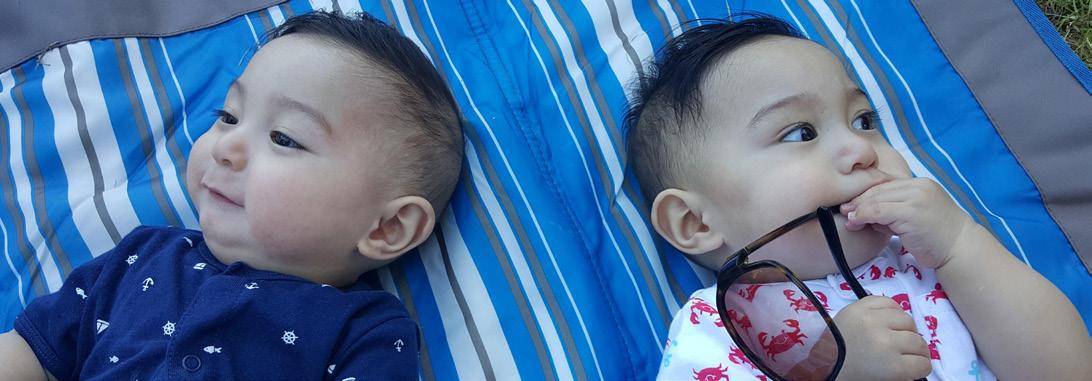

When looking back at such a stressful and intense time, it is hard not to get caught up in all of the scary alternative scenarios. However, Vic emphasizes that the story of the twins is a happy one, and one to be grateful for:
They’re fne.
It’s a happy story.


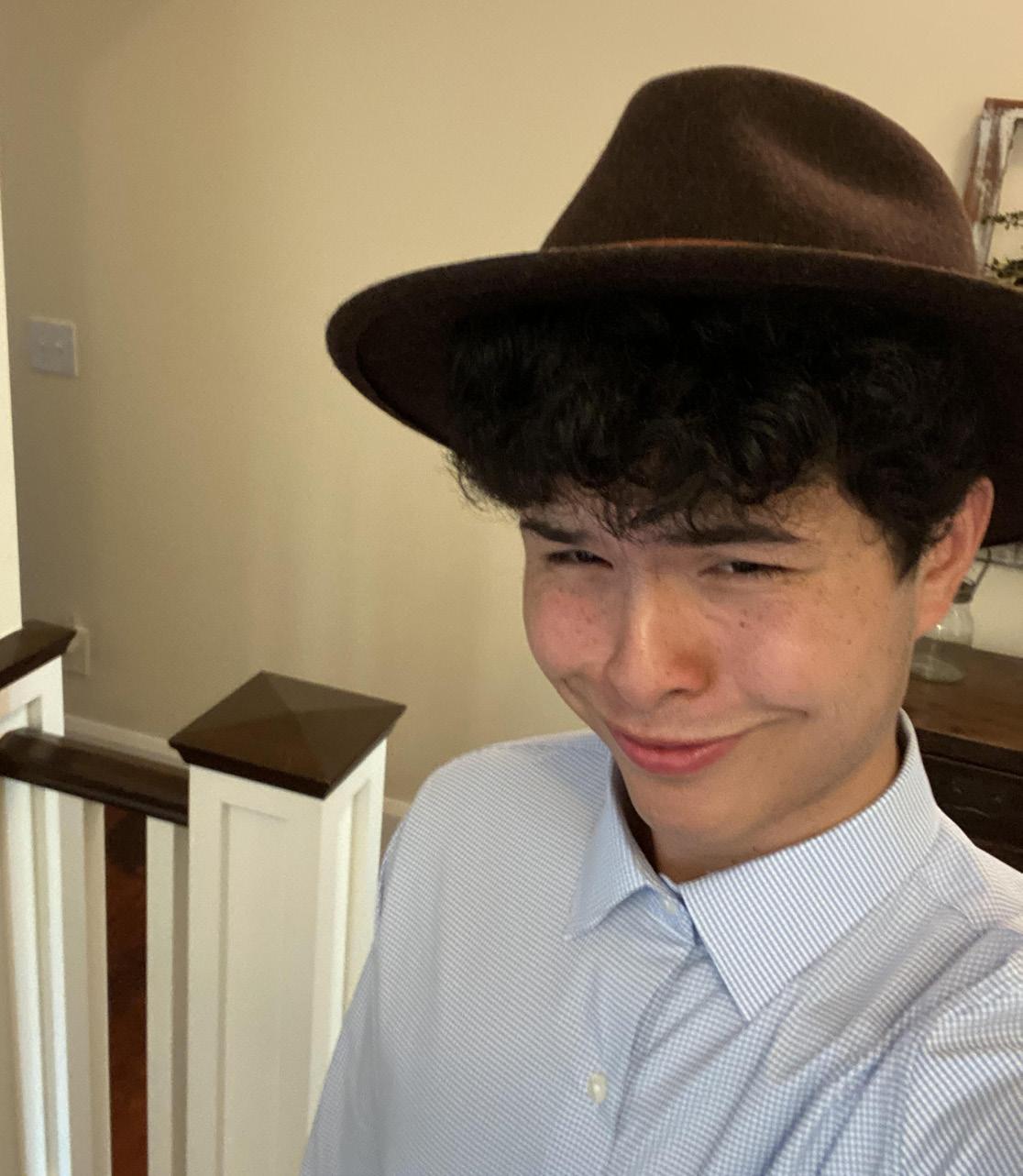
Nate Kelly is a junior at Mountain View High School and a flm student at Freestyle Academy.
Nate is the third child in a family of six. He enjoys playing basketball and lacrosse for Mountain View. Outside of sports, most of his free time is spent laughing with friends and family, listening to music, doing homework, and taking lengthy naps. And, as you can tell, he is quite fashionable.
